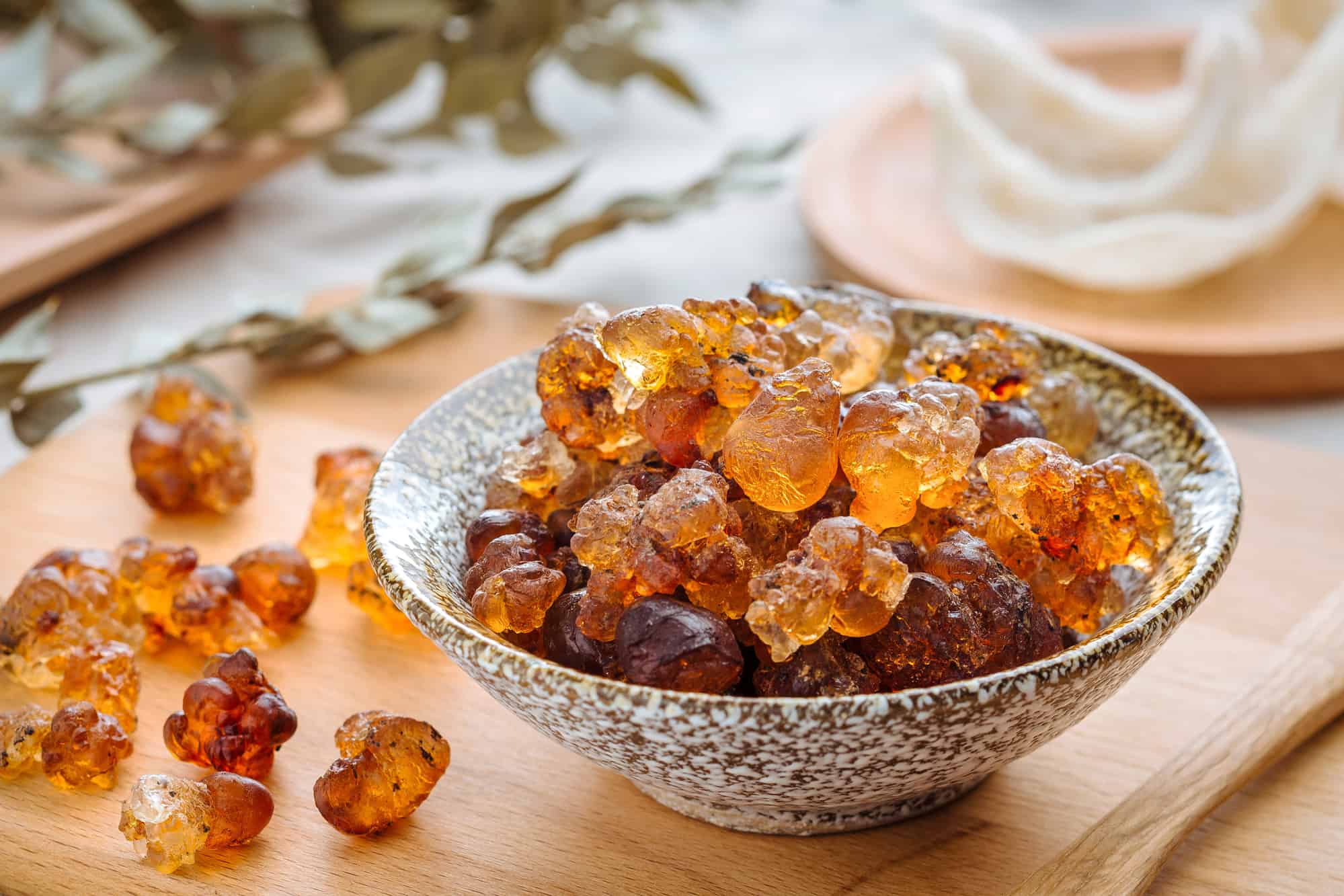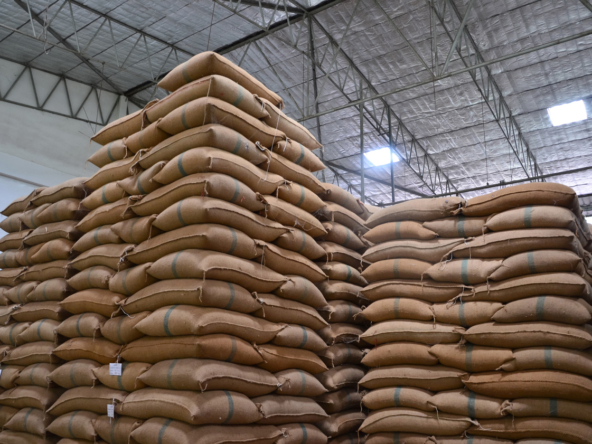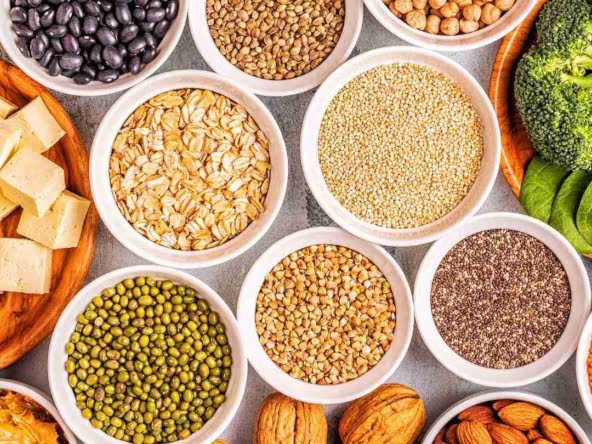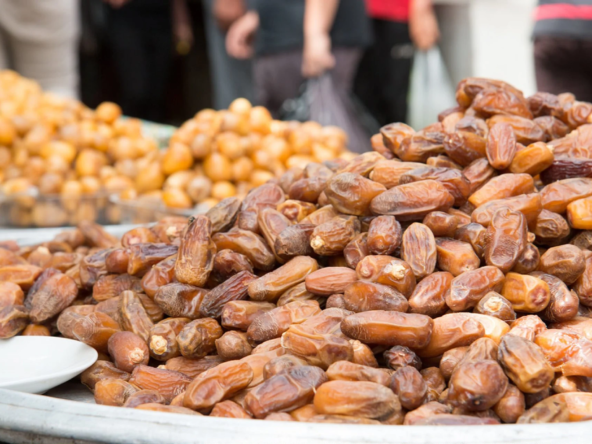Arabic gum, often regarded as a hidden gem in the world of agro commodities, is gaining popularity beyond the culinary and health sectors. This all-natural gum, derived from the sap of Acacia trees, is not only celebrated for its health benefits but also for its role in art and craft projects. From watercolor paints to homemade adhesives, Arabic gum offers an array of possibilities for crafters and artists looking to add an eco-friendly, versatile ingredient to their toolkit.
What is Arabic Gum?
Arabic gum, also known as gum arabic, is a natural gum harvested from the sap of acacia trees, primarily found in sub-Saharan Africa and parts of the Middle East. It is composed mainly of complex carbohydrates and is known for its water-soluble nature, which makes it a perfect ingredient in various art supplies and crafts.
Why Arabic Gum is a Crafter’s Best Friend
1. Watercolor Paints
Arabic gum has been a core ingredient in watercolor paints for centuries. It acts as a binder, helping pigment particles adhere to paper while maintaining the transparency and brilliance that makes watercolors so enchanting. Artists value its ability to create smooth, flowing washes, making it an essential element in traditional and modern watercolor techniques.
2. Homemade Adhesives
Another fascinating use of Arabic gum is in the production of natural adhesives. It has excellent bonding properties, making it ideal for DIY projects and scrapbooking. By dissolving Arabic gum in water, crafters can create a strong, non-toxic glue that works well for a variety of materials, including paper, fabric, and light wood.
3. Calligraphy and Lettering
Arabic gum has long been used in the creation of ink for calligraphy and lettering. Its smooth texture and ability to hold pigment allow for precise strokes and sharp edges, which are essential for beautiful handwriting. Whether you’re a beginner or a seasoned calligrapher, Arabic gum ink will elevate your project with its rich texture and performance.
4. Crafting with Clay and Modeling
For those who enjoy creating sculptures or intricate modeling projects, Arabic gum can also be mixed with clay to improve its workability. It helps maintain the clay’s consistency, preventing it from drying out too quickly while also enhancing its strength. This makes it a must-have for clay artists and sculptors who seek a high level of detail and durability in their creations.
Eco-Friendly and Sustainable
One of the standout qualities of Arabic gum is its eco-friendliness. Sourced from acacia trees, it is a renewable resource, making it a sustainable option for eco-conscious crafters and artists. Unlike synthetic materials, Arabic gum is biodegradable and doesn’t contribute to harmful waste. This makes it a great alternative for anyone looking to create art and crafts with minimal environmental impact.
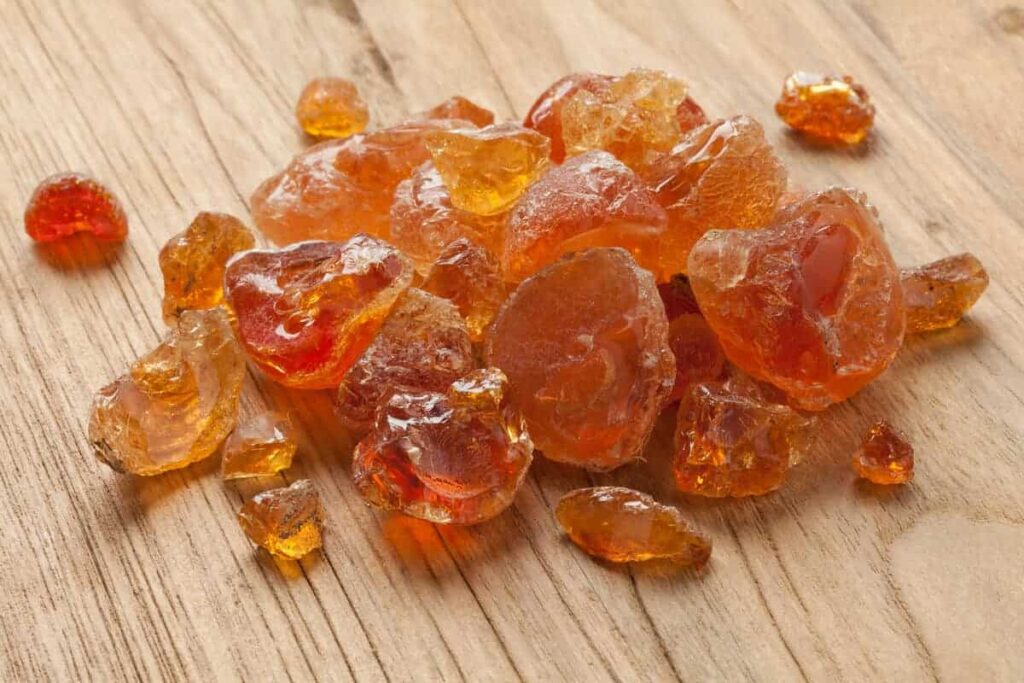
How to Incorporate Arabic Gum into Your Craft Projects
- Watercolors: Mix Arabic gum with pigments to make your own watercolor paint.
- Adhesives: Create an all-purpose glue by dissolving Arabic gum in water.
- Calligraphy: Blend Arabic gum with ink for smooth, flowing lines in your lettering projects.
- Clay: Add Arabic gum to your clay mixture to enhance its flexibility and durability.
Conclusion
Arabic gum is a truly versatile ingredient that every artist and crafter should have in their collection. From watercolor paints to DIY adhesives, its natural properties make it the perfect choice for a wide range of projects. As an eco-friendly and sustainable option, it offers an opportunity for crafters to create beautiful works of art while minimizing their environmental footprint. Whether you’re a hobbyist or a professional artist, Arabic gum is an invaluable resource that will elevate your craft creations.

